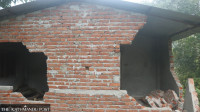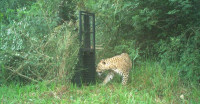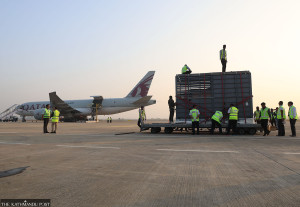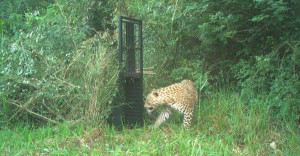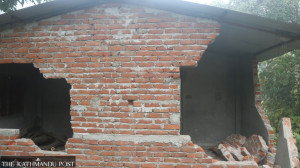Lumbini Province
Public resistance to elephantiasis medicine hinders eradication efforts in Banke
Elephantiasis is the second leading cause of long-term disability after leprosy in Nepal.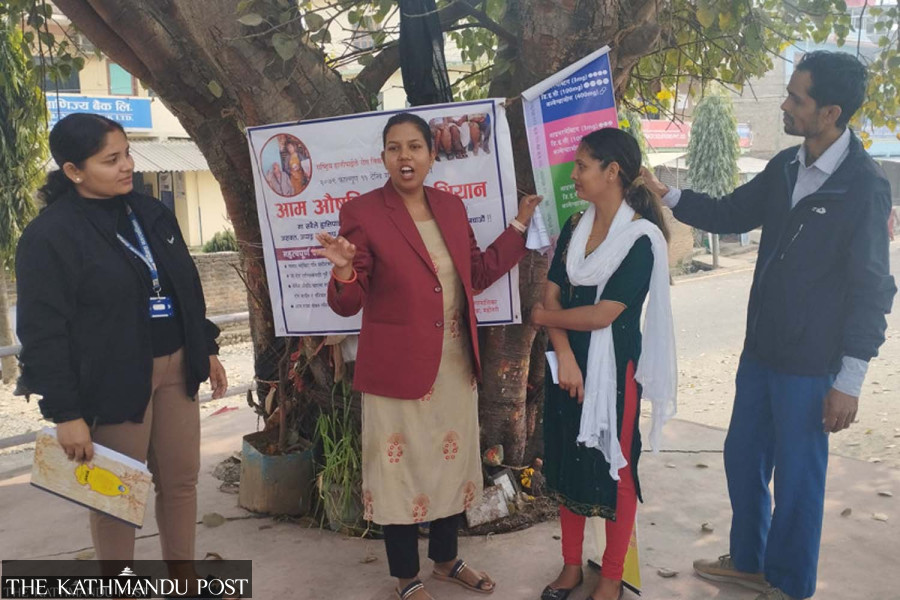
Rupa Gahatraj
Around 20 percent of the population in three municipalities and one ward in Banke district have refused to take anti-elephantiasis medicines, slowing Nepal’s push to eliminate lymphatic filariasis, commonly known as elephantiasis. This refusal has prolonged the mass drug administration campaign, initially intended to end in six years, into its 14th year.
The affected areas—Nepalgunj Sub-metropolitan City, Duduwa Rural Municipality, Narainapur Rural Municipality, and ward 4 of Baijanath Rural Municipality—remain at high risk. Reluctance in some communities to take the medication has severely impacted the campaign’s effectiveness. While those willing to take the medicine continue to do so, those who refuse remain adamant, obstructing the campaign’s progress, officials said.
“The risk remains high due to three municipalities and one ward in Banke,” said Angad Bahadur Shahi, chief of the District Health Office. “We have not just failed, we have completely fallen short. However, efforts are still ongoing,” he added.
Ram Bahadur Chand, chief of the Health Division at Nepalgunj Sub-metropolitan City, said that a ‘technical error’ during the 2011 launch of the campaign has made eradication of the disease difficult. “The campaign cannot succeed without community participation,” he said. “Eradication is possible if everyone takes responsibility. People must understand this campaign is for all.”
According to Durga Gautam, an official and focal person at the Banke Health Office, the district currently has 19 elephantiasis patients, and transmission remains high, making continued intervention necessary.
This year, over 257,000 people in the district will receive the medicine. The mass drug administration campaign will again target Nepalgunj Sub-Metropolitan City, Duduwa Rural Municipality, Narainapur Rural Municipality, and ward 4 of Baijanath Rural Municipality, all of which are at high risk of the disease. In Nepalgunj Sub-Metropolitan City, 164,096 people will be included in the programme, while 42,174 in Duduwa Rural Municipality, 42,369 in Narainapur Rural Municipality, and 8,962 in ward 4 of Baijanath Rural Municipality will also participate.
The campaign in these high-risk areas is set to begin on February 17. The risk persists despite administering the medicine 13 times, prompting a 14th round of distribution. The campaign will start in Nepalgunj Sub-Metropolitan City on February 17, while Duduwa and Narainapur will begin two days later.
Ram Kumar Mahato, senior public health officer at the Epidemiology and Disease Control Division, said that prevalence rates in these three municipalities and one ward ranges from 1.8 to 2.5 percent.
Although the government aims to eliminate lymphatic filariasis by 2030, Banke remains a major challenge, Mahato said. The mass drug administration campaign, which began in 2003 with a target to achieve elimination by 2020, has had to extend its deadline.
So far, 15.36 percent of people in Banke have not taken the lymphatic filariasis drug, while in Nepalgunj, the figure stands at 18.45 percent, according to the Health Office. No ward in Nepalgunj has achieved the 80 percent drug coverage required for the campaign to be effective. Studies show that the campaign will not have the desired impact without reaching this threshold. A survey found that 33.28 percent of people avoided the drug due to fear of side effects, while 32.53 percent did not take it due to a lack of awareness, among other reasons.
Dr Yadu Chandra Ghimire, director of the Epidemiology and Disease Control Division, said that three municipalities in Banke remain the biggest challenge to eliminating lymphatic filariasis from Nepal, highlighting the need for collective effort. Minister for Health and Population Pradeep Paudel is set to visit Nepalgunj on February 17 to enhance the effectiveness of ongoing campaigns.
Lymphatic filariasis is a mosquito-borne parasitic disease caused by filarial worms transmitted by different species of mosquitoes, including Culex, Anopheles, and Aedes. It is Nepal’s second major infectious disease causing permanent and long-term disability after leprosy.
Doctors say the disease may be acquired during childhood, and its visible manifestation may occur only later in life. The disease can lead to temporary or permanent disability, pain, and social stigma. The World Health Organisation identifies the disease as a major public health problem, with an increasing prevalence worldwide. Nepal is one of the 73 countries where lymphatic filariasis is endemic.




 7.12°C Kathmandu
7.12°C Kathmandu
